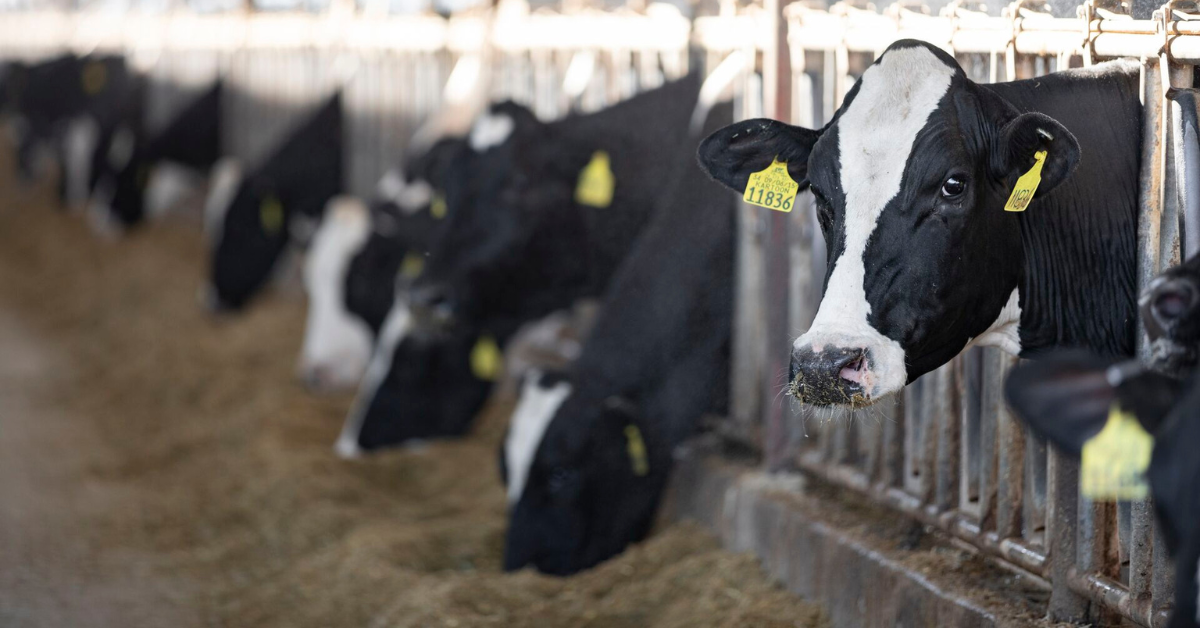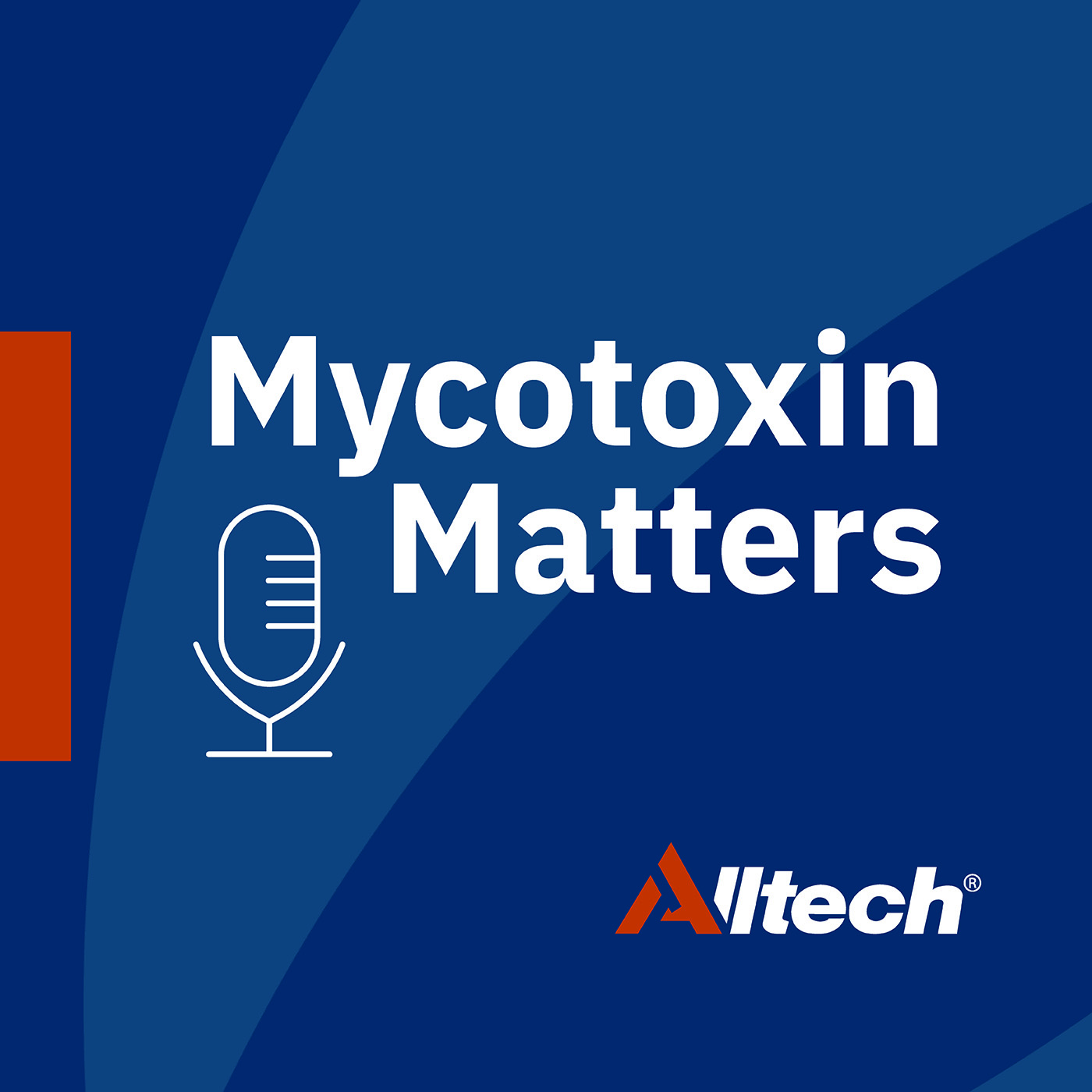Keep ahead of the threat
Stay up to date with the latest mycotoxin information by signing up to our newsletter

Mycotoxin Prevalence in Asia for Ruminant Species: Trends, Challenges, and Control Strategies
Author: Dr. Ghazanfar Naseer – Regional Technical Manager, Ruminants and Mycotoxins, Alltech
Introduction
Mycotoxins are toxic compounds produced by various fungi that can contaminate animal feed, and they pose a significant threat to the health and productivity of ruminant species. They can affect all body systems, causing multiple problems in production, reproduction, health and immunity.
The prevalence of mycotoxins in Asia has been a growing concern for the ruminant industry there, with various factors contributing. In this blog post, we will explore the specific mycotoxin prevalence in Asia for ruminant species, identify trends in the region, examine how the changing dynamics of the ruminant industry impact mycotoxin risk, and provide top tips for mycotoxin control.
Mycotoxin prevalence in Asia
Asia is a diverse continent with varying climates and agricultural practices that make it susceptible to mycotoxin contamination in ruminant feed. Mycotoxins such as aflatoxins, ochratoxins, deoxynivalenol (DON) and zearalenone have been commonly detected in ruminant feedstuffs across the region.
A recent Alltech survey found that multiple mycotoxins were prevalent in raw material samples collected from Asia between January 1 and September 4, 2023. These 428 samples were tested using the advanced Alltech 37+® (LC-MS/MS) method. The data showed that, on average, the samples were contaminated with 6.9 mycotoxins, with approximately 40% of samples posing moderate to high risk for ruminant species. The most common mycotoxins detected were emerging mycotoxins, DON, fumonisins, and zearalenone, but others were present also.
If one type of mycotoxin is present at a low level, it may not have a significant impact on animals. However, when mycotoxins are present in combination, even at individually low levels, they can have additive and synergistic effects on animals. The extent of these effects depends on the combinations and on contamination levels, as well as the stage of animal production.
Trends in mycotoxin prevalence in Asia
Several factors contribute to the prevalence of mycotoxins in Asia’s ruminant feed, including climate, agricultural practices and storage conditions. Here are some notable trends:
- Climate variability: Asia’s diverse climate conditions create an environment conducive to mycotoxin-producing fungi. High humidity and temperature fluctuations in tropical and subtropical regions provide ideal conditions for fungal growth and mycotoxin production.
- Crop diversity: Asia is a major producer of a wide variety of crops, including rice, wheat, corn and sorghum, that are susceptible to mycotoxin contamination. Crop rotation practices and the prevalence of these crops in the region contribute to mycotoxin presence.
- Storage challenges: Inadequate storage facilities and practices can exacerbate mycotoxin contamination. Poorly stored grains and forages are more likely to become contaminated by fungi and mycotoxins.
Changing dynamics of the ruminant industry
The ruminant industry in Asia has undergone significant changes in recent years, increasing the risk of mycotoxin exposure for livestock. Several factors play a role in these changing dynamics:
- Increased production: Asia has witnessed a growing demand for meat and dairy products, leading to increased ruminant production. Larger herds and higher production levels can amplify the effects of mycotoxin exposure on livestock.
- Intensification of farming: Intensive farming practices, such as concentrated animal feeding operations (CAFOs), can lead to higher mycotoxin exposure due to the concentrated nature of feed storage and feeding.
- Globalization of feed ingredients: The ruminant industry in Asia increasingly relies on imported feed ingredients, making it vulnerable to mycotoxin contamination from sources outside the region.
- Extreme weather patterns: Extreme weather patterns and prolonged periods of heat and humidity, can exacerbate mycotoxin contamination in feed ingredients.
Tips for mycotoxin control in Asian ruminant farming
Given the prevalence of mycotoxins in Asia and the evolving dynamics of the ruminant industry, it is crucial to implement effective strategies for mycotoxin control. Here are some top tips:
- Regular monitoring: Implement a rigorous mycotoxin monitoring program to regularly test feed ingredients and finished feeds for mycotoxin contamination. This will help in early detection and mitigation.
- Quality feed ingredients: Source high-quality feed ingredients and ensure proper storage and handling practices to minimize the risk of mycotoxin contamination during storage.
- Mycotoxin binders and adsorbents: Consider using mycotoxin binders and adsorbents in ruminant diets to reduce the absorption of mycotoxins in the digestive tract. These can be effective preventive measures. As the data suggests contamination by multiple mycotoxins in raw materials, use a broad-spectrum mycotoxin binder that can bind multiple mycotoxins.
- Diversification of feed sources: Reduce reliance on a single type of feed ingredient by diversifying feed sources. This can help mitigate the risk associated with specific mycotoxin-prone crops.
- Improved storage: Invest in proper storage facilities that maintain ideal temperature and humidity conditions to prevent fungal growth and mycotoxin production.
- Climate-resilient farming: Implement climate-resilient farming practices to adapt to changing weather patterns and minimize the impact of extreme weather events on mycotoxin contamination.
- Education and training: Train farm personnel on mycotoxin awareness, prevention and management practices to ensure that everyone is equipped to address the issue effectively.
- Consult experts: Work with veterinarians, nutritionists and mycotoxin experts to develop tailored strategies for mycotoxin control based on the specific needs of your ruminant operation.
In addition, here are some other things to keep in mind about mycotoxins:
- Mycotoxins can be difficult to detect, so it is important to test feed regularly.
- There is no cure for mycotoxin poisoning, so prevention is the best approach.
- Mycotoxins can have a cumulative effect, so even small amounts of exposure can be harmful.
- Animals that are stressed or sick are more susceptible to the effects of mycotoxins.
Conclusion
Mycotoxin prevalence in Asia for ruminant species remains a significant concern, driven by climate conditions, crop diversity, and changing dynamics in the ruminant industry. To mitigate mycotoxin risks, Asian farmers must adopt proactive strategies, including monitoring regularly, sourcing quality feed ingredients, diversifying feed sources, and investing in proper storage facilities. By staying informed and implementing these control measures, the Asian ruminant industry can safeguard the health and productivity of its livestock while ensuring a safe food supply for consumers.








